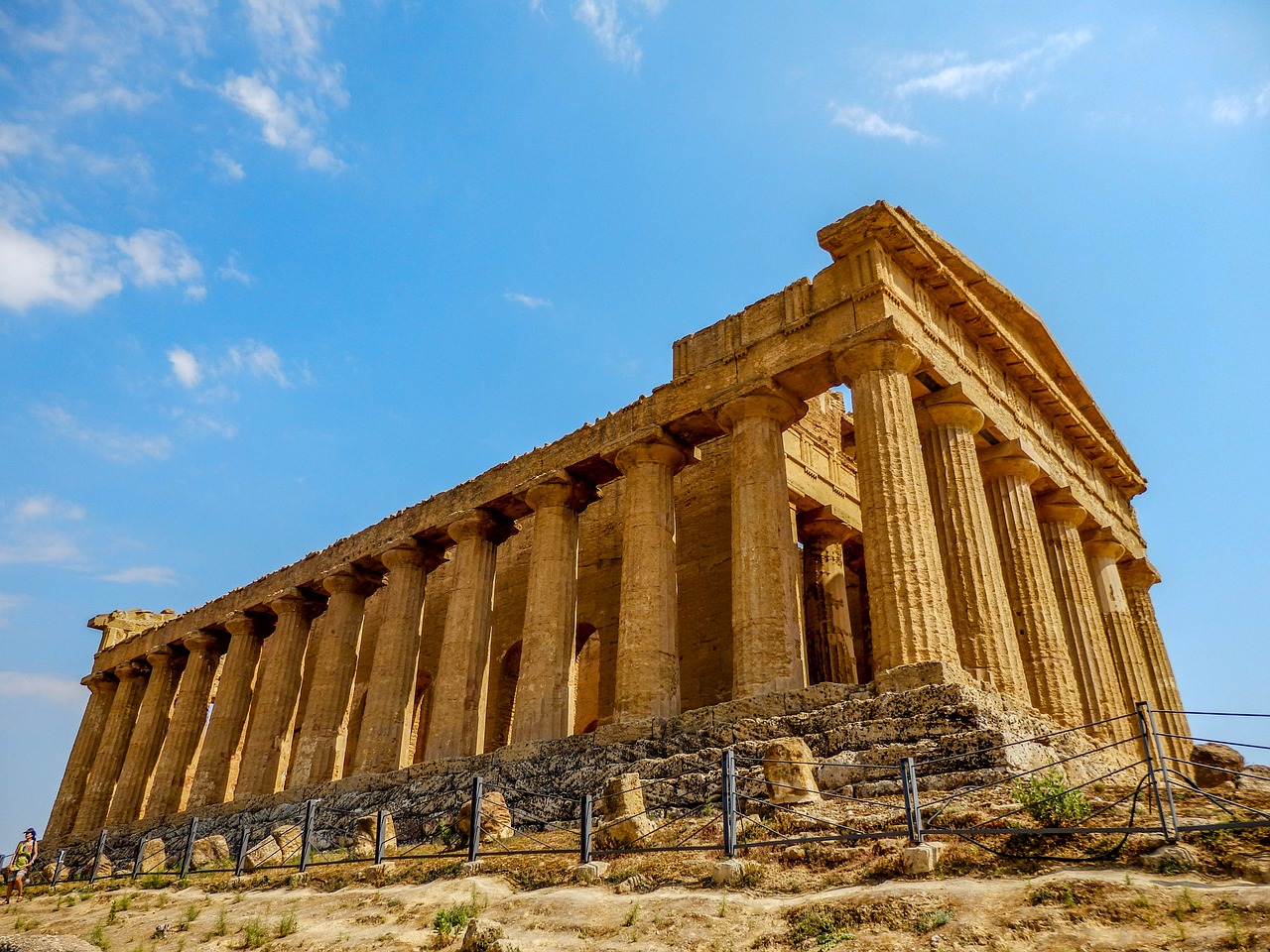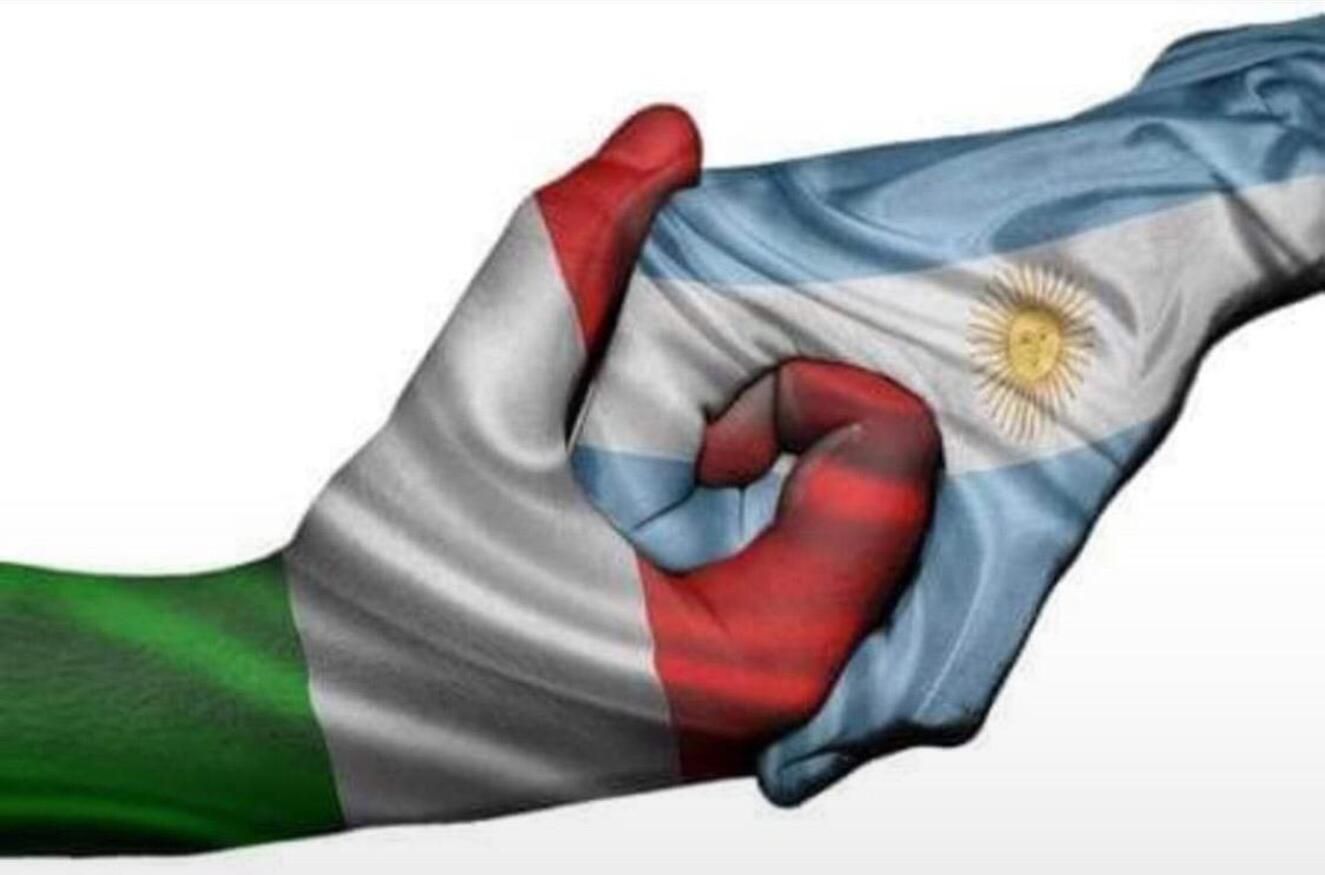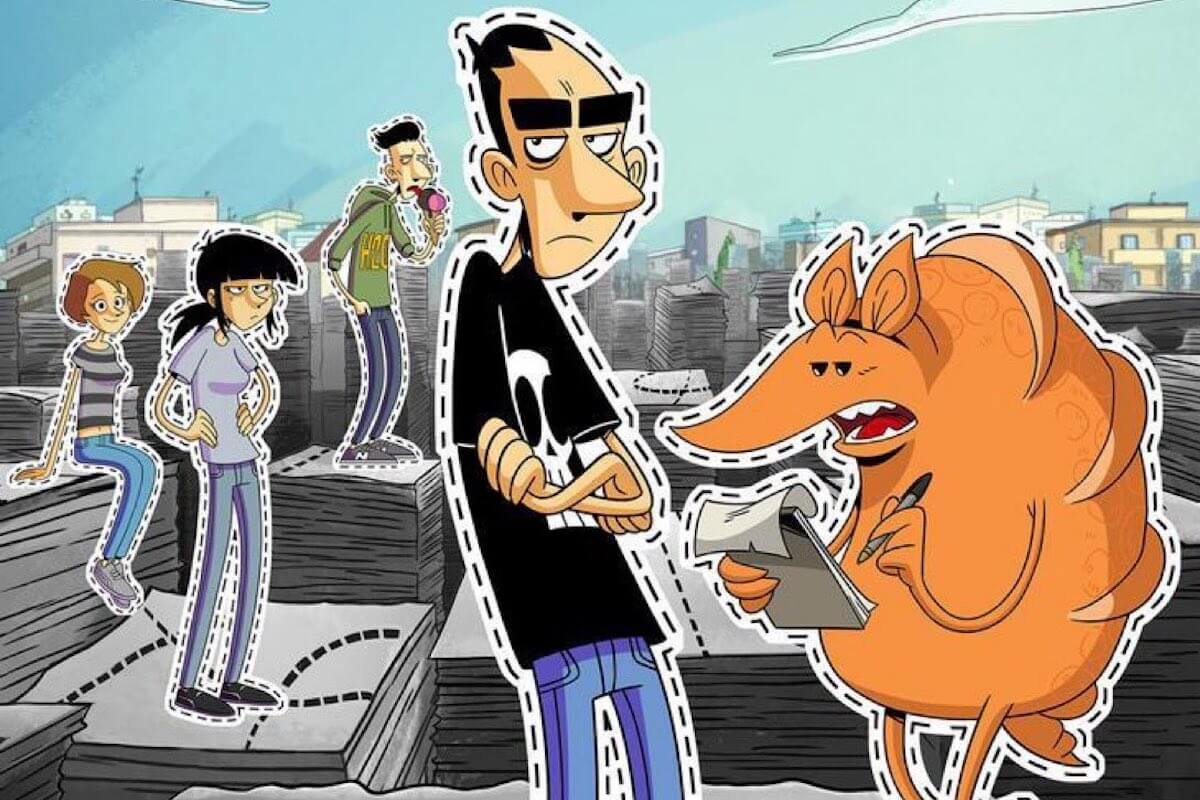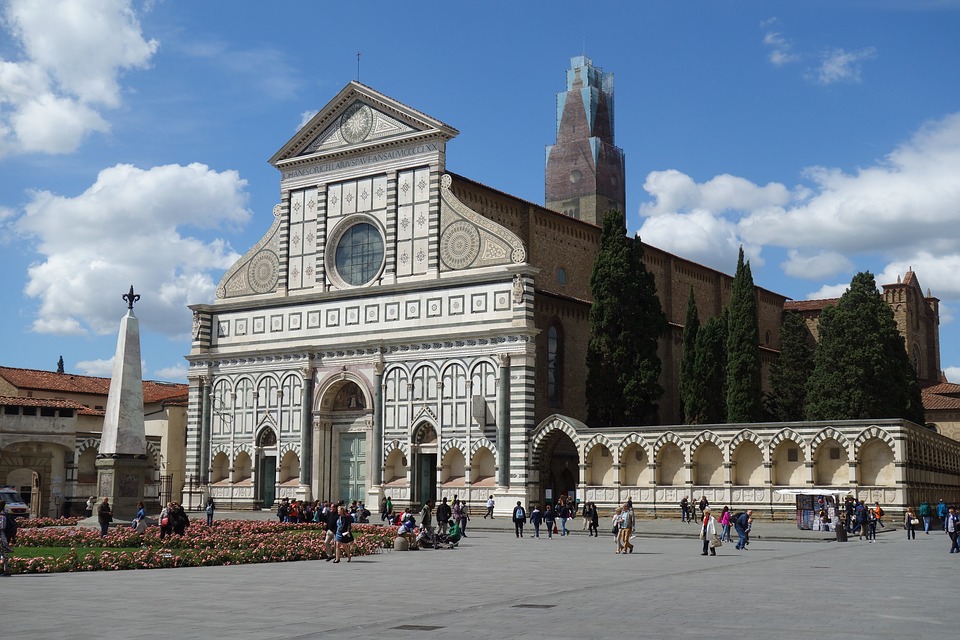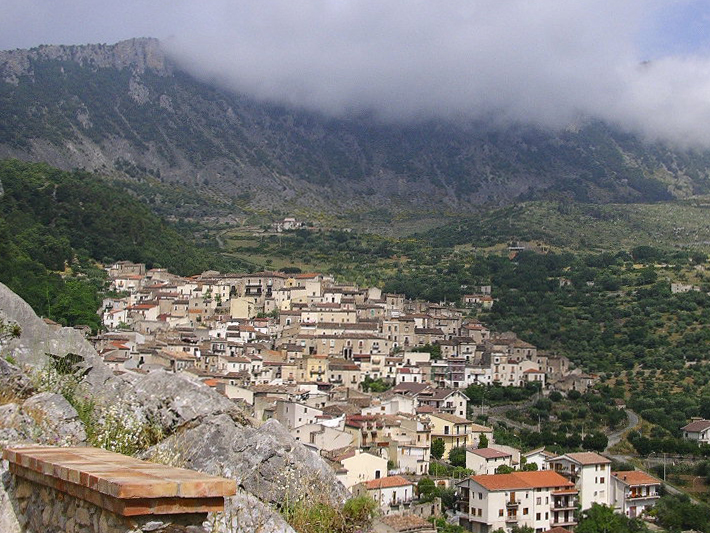Anagni, the city of the popes that the annals remember for a famous slap. Its ancient buildings still tell of its noble history which, over the centuries, has been intertwined with that of the papacy. It gave birth to four pontiffs (Innocent III, Alexander IV, Gregory IX and Boniface VIII) and, for a long time, the “successors of Christ on earth” chose it as papal residence outside Rome.
Anagni, the outrage of the slap
The “slap of Anagni” took place on September 7, 1303. Theater of the blatant episode was the palace of Pope Boniface VIII. The “slap” was a very serious outrage committed by the king of France, Philip IV of Valois called “the Fair”, who sent two of his representatives to Anagni with an army.
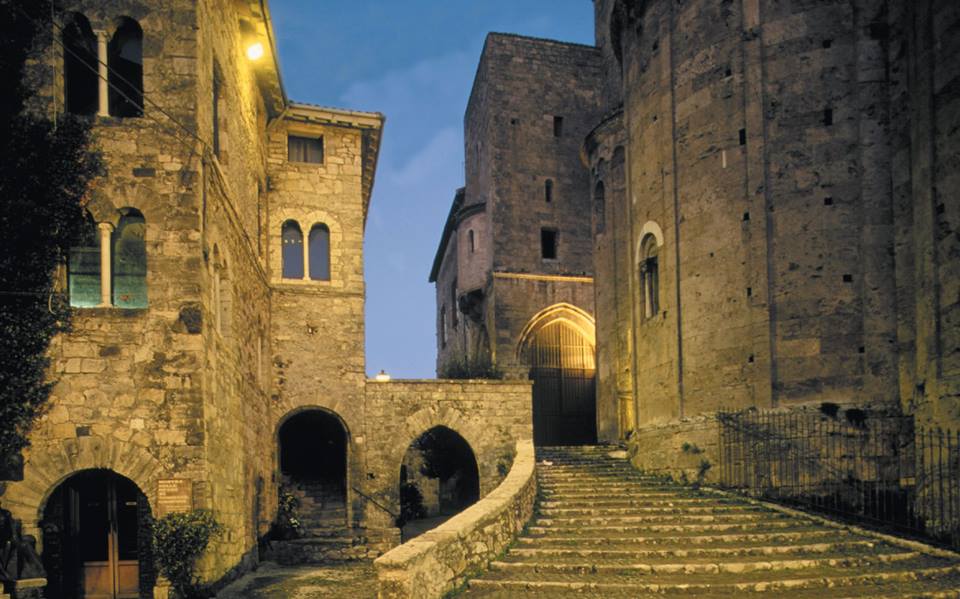
Intent of the expedition was to persuade the pope not to apply the excommunication against Philip the Fair. Two delegates of the French king entered Anagni and besieged the Pope in his palace for two days. The inhabitants of Anagni, however, reacted and freed the pontiff and the city from enemies beyond the Alps. Bonifacio VIII was then transferred to Rome, where he died only a few weeks later, on October 11, 1303.
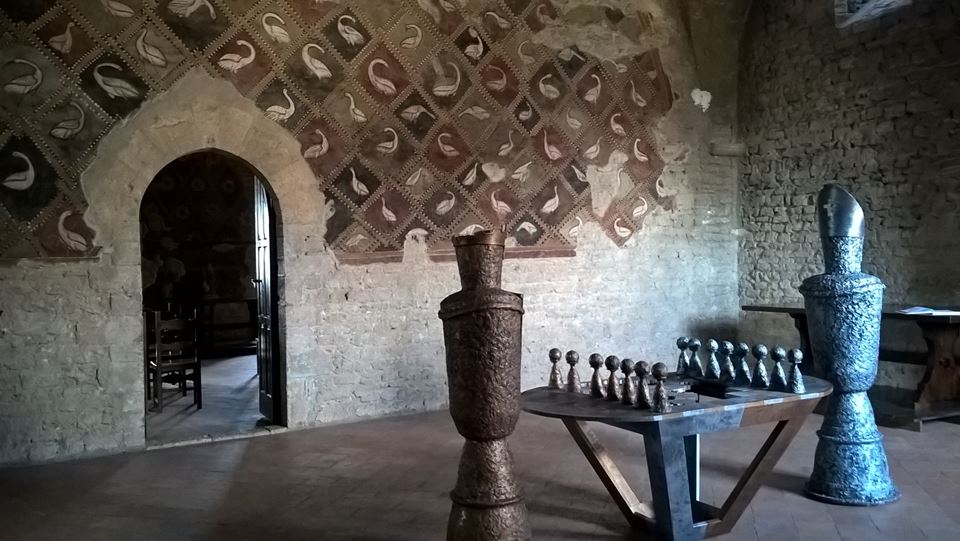
The wrath of Philip IV against Boniface VIII
Philip the Fair wanted to tax the ecclesiastical assets existing in France. Bonifacio VIII had opposed and had also written a bull of excommunication, the Unam Sanctam of November 18, 1302. To avoid excommunication, the king of France sends William of Nogaret to Italy. William, thanks to the support assured by the noble Roman family of the Colonnas (a bitter enemy of the Caetani to whom Bonifacio VIII belonged), arrived in Anagni between September 6 and 7 .

Nogaret is supported by an army led by Giacomo Colonna, known as Sciarra, which meant ‘brawler’ in vernacular. Pope Boniface VIII had taken refuge on the second floor of the Caetani family’s palace, in the Chess Hall, later called the Hall of the slap. The first to break into the hall would have been Sciarra Colonna, who would have given the Pope of Rome the famous slap.
The legend: Saturn founder of the Ciociaria city
Many of the legends born around the origins of the small town of Ciociaria tell us that Anagni was the birthplace of Saturn.

The god who protected the fields and seeds, according to legendary narratives, would have founded other cities that are Alatri, Aquino, Arpino and Atina. The first inhabitants of Anagni were the hernics who were grouped in a religious-political confederation and gathered near the river courses. Over time, Anagni has become an appendix of Rome, a favorite location for long stays and a center producing primary goods for the city.
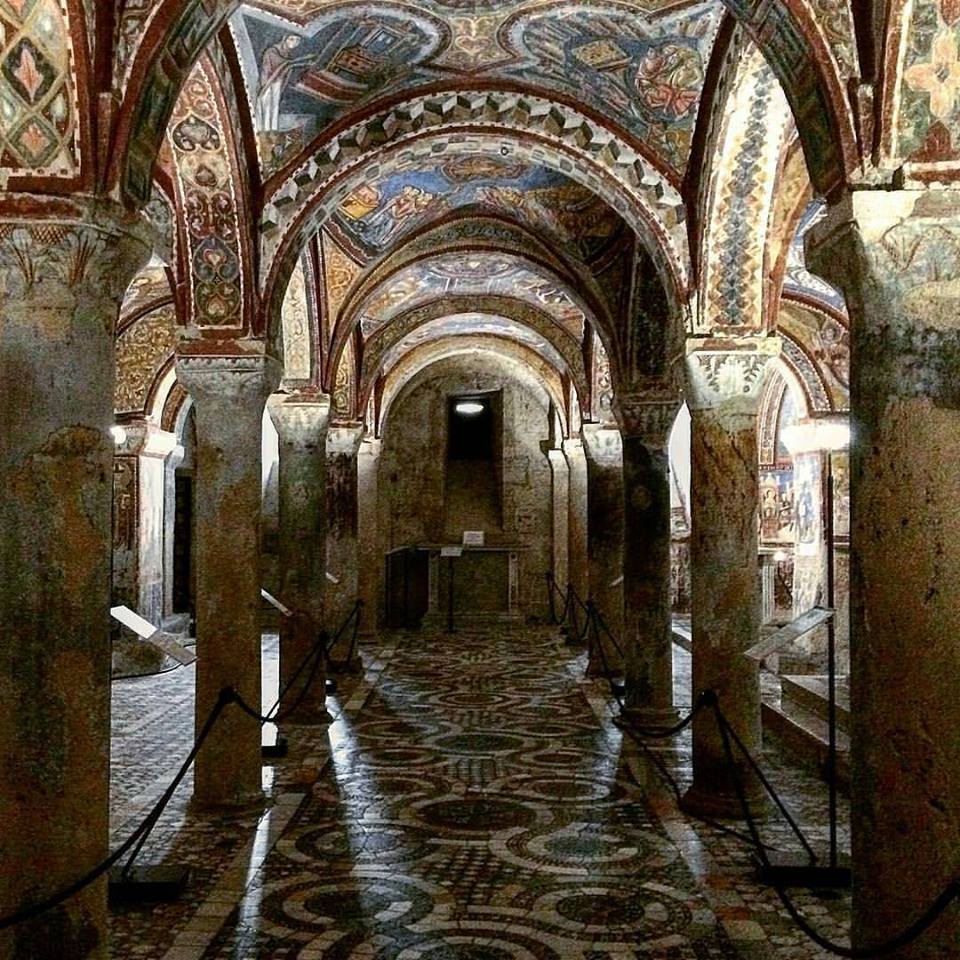
The sacredness of its origin was evidenced by the large presence of temples and votive aedicules built in honor of the gods. After the year 1000, while preserving the layout of the Roman city, the building heritage of Anagni was renewed with the construction of other sacred buildings: in the Middle Ages over 50 churches were present in the city.
The Palace of the Popes
The papal palace, built near the cathedral, dates back to 1200. It was built by Cardinal Ugolino Conti, who became Pope with the name of Gregorio IX. The construction is contemporary with that of the cosmatesque floor of the cathedral and the frescoes in the crypt, called the Sistine Chapel of the Middle Ages.
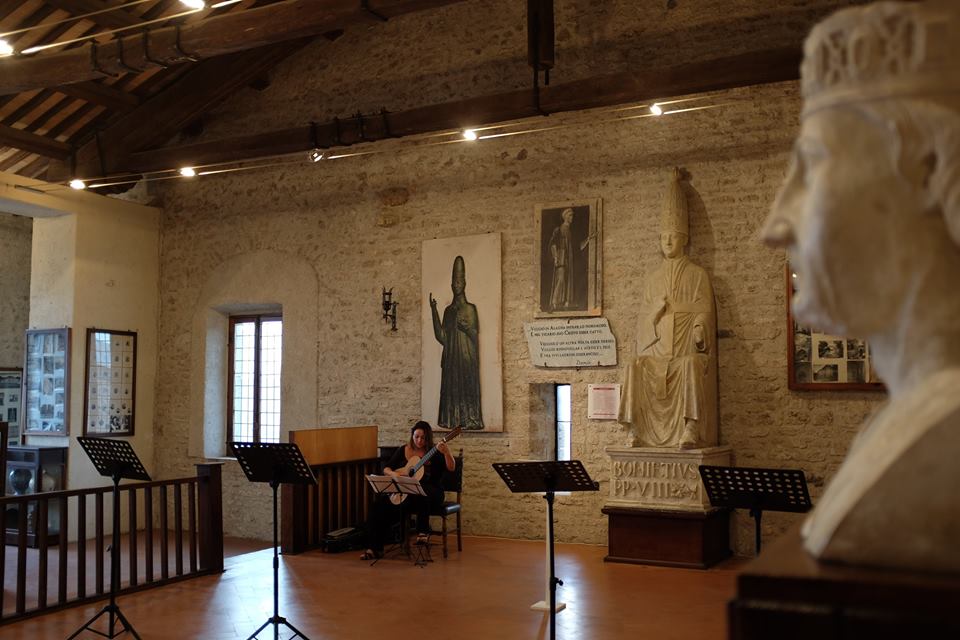
From the Conti family the palace then passed to the ownership of the Caetani and, therefore, to Bonifacio VIII. In the palace you can visit the Chessboard Room (the Slap Room) and the Geese Room. They are two very important environments, as examples of primitive interior decoration in civil dwellings. The hall of the Bonifaciano museum and of southern Lazio is also very interesting, exhibiting many works and documents concerning Boniface VIII, the pope humiliated with an outrageous slap.

